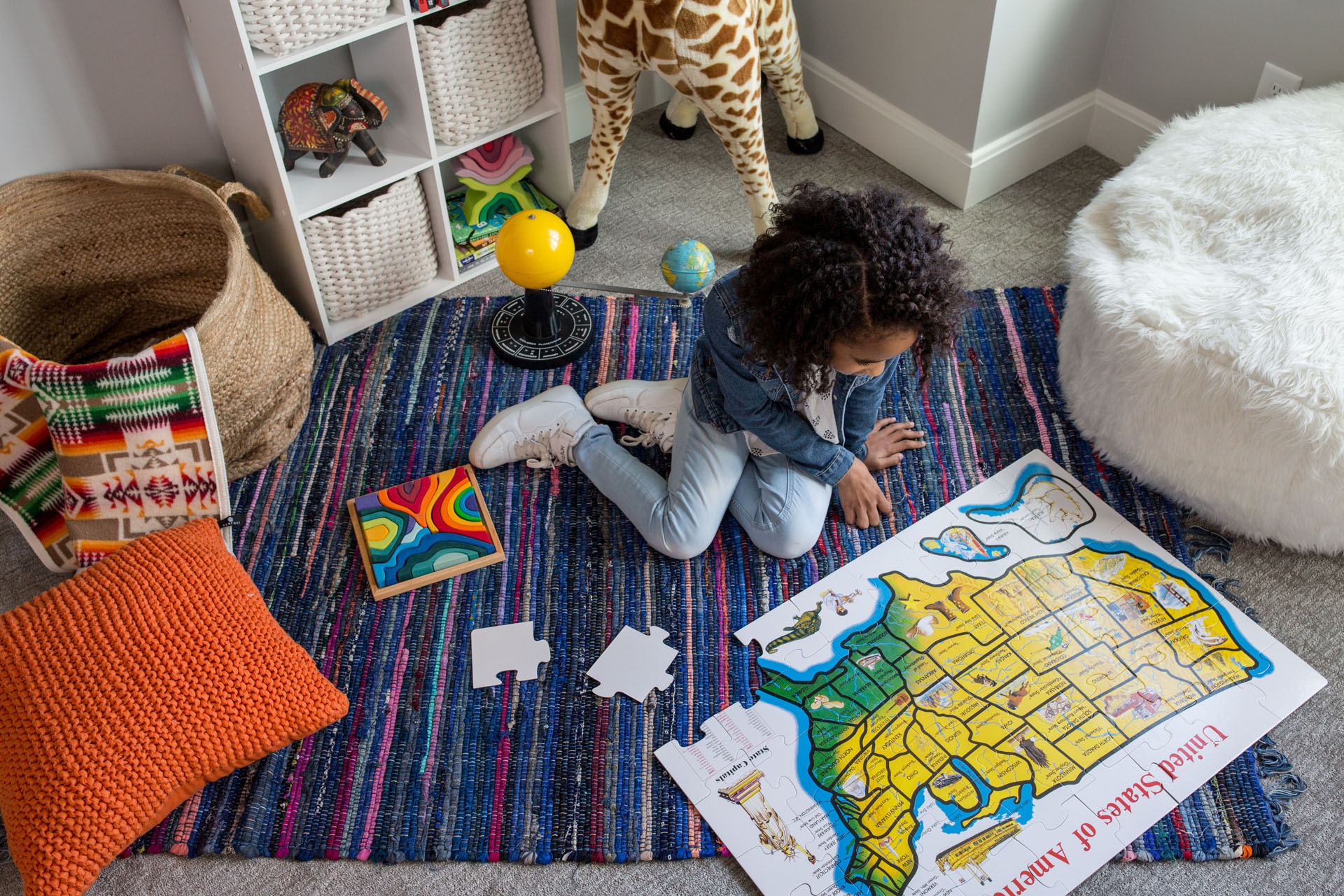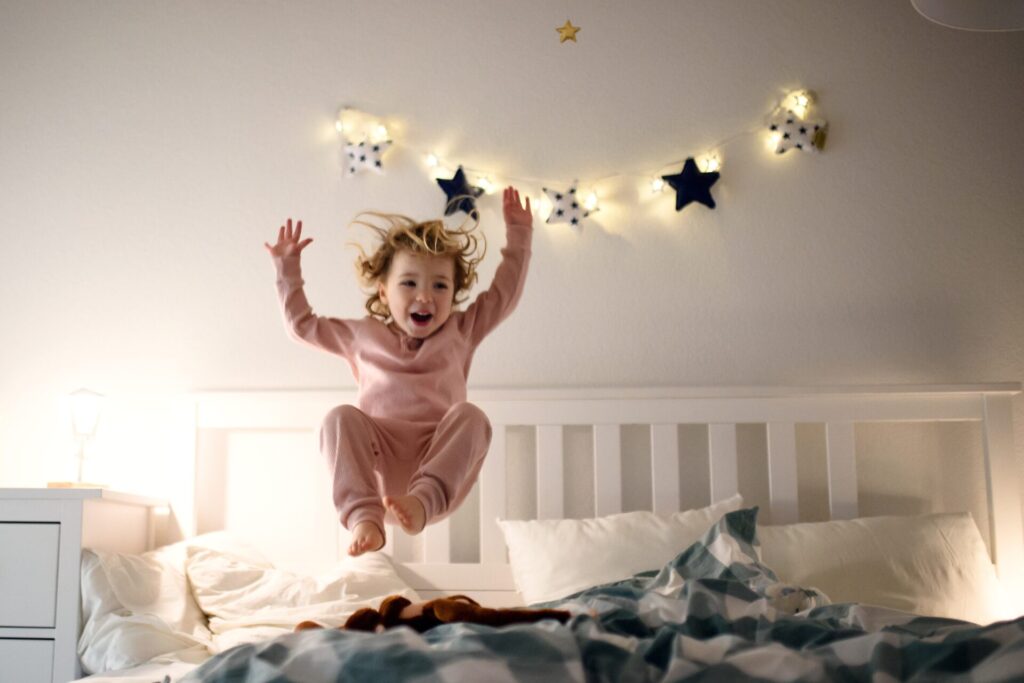The role of toy manager is actually pretty fun—you're basically like the curator of your family's personal toy library, with creative license to play, too! (That means that if you love Lego, you can always make sure there is some in the mix.) But we all know that kids get tired of the same old toys. The good news is, that doesn't mean you should run to the store to restock their options. Here are some smart, savvy ways to make old toys new again.
1. Rotate
“When there are too many toys to choose from, it can be overwhelming,” says Heather Beach, Early Years Coordinator at the Wilmot Family Resource Centre in New Hamburg, Ont. “Try separating toys into bins that can be rotated daily, weekly or monthly. This reduces toy clutter, provides variety and makes the toys more exciting when a new bin is introduced.”
2. Borrow
Check if your local family resource centre has a public toy library (guaranteed, it will have more options than the one you're building at home!). At Heather’s facility, toys can be signed out for up to three weeks. “A major benefit is the opportunity to try out a toy before possibly purchasing it,” she says. “Also, being able to borrow a larger play set, such as a tool bench, kitchen or vanity, helps to save money as well as space.”
3. Survey
Ask around and get other parents’ recommendations on must-have toys, and take note of the things your child gravitates to at other locations, such as playdates or day care. This informal research can help you choose toys that are more likely to have long-term appeal.
4. Swap
Trade toys (for keeps, or for the short term) with family, friends and neighbours who have kids of a similar age. Their kids may have grown weary of a toy, but it will be exciting and brand new to your household.
5. Organize
Store smaller toys in baskets or bins that are compatible with little hands. You can use clear containers to allow the contents to be seen easily, or tape a photo of the items to the outside of the bin (a popular technique in kindergarten classrooms).
6. Group
Make an effort to keep pieces from specific sets or character groups together for maximum enjoyment. You can also categorize items by theme—for example, pretend play (costumes, props and puppets) or building (blocks and construction machines).
7. Display
Counteract the “out of sight, out of mind” phenomenon by placing things where your child can see and reach them. Pull the dollhouse, castle or barn off the shelf and set it up (with its assorted figurines) on a low table or an upside-down storage bin.
8. Stash
If your children receive an abundance of new toys for a birthday or during a holiday, tuck some away. Their enjoyment and appreciation will be much higher when the gifts re-appear, one at a time, in the weeks or months ahead.
Keeping toys safe
Regularly check the condition of your child’s toys
- Broken toys may be unsafe. If a toy is beyond repair or unusable, get rid of it.
- Incomplete toys (like a wooden puzzle missing its final piece) or toys with missing parts can lead to frustration and clutter.
Have a toy washing day
- Not only is this useful for health reasons, it can be a fun activity. Choose toys that are built for water exposure (nothing with batteries!) and let your little one scrub them in a basin with warm water, a bit of mild soap and a mini toothbrush. Line up the clean toys on a towel to dry.
- Toddlers can help wash their own toys. It helps instil in them a sense of responsibility and ownership over their belongings. Bonus: It’s a chance to take stock of the collection and re-organize any stray pieces.
Toy recalls
- For information on toys that have been recalled, go to healthycanadians.gc.ca to download a comprehensive list.
Originally published in ParentsCanada magazine, October 2015.










